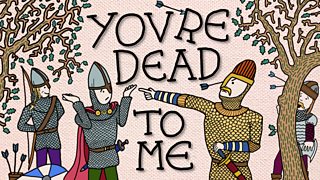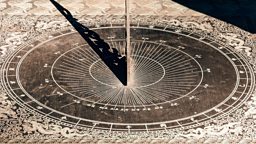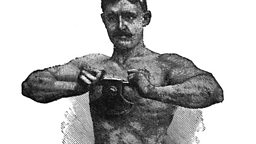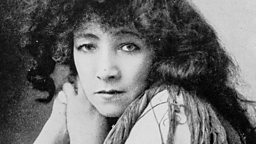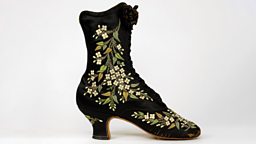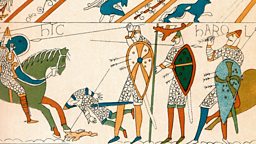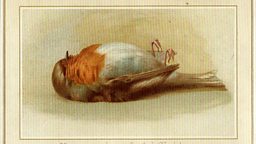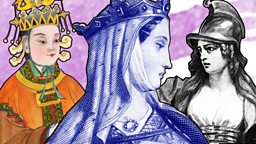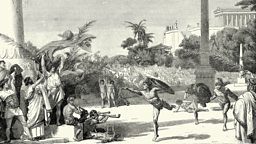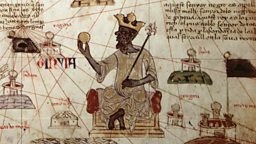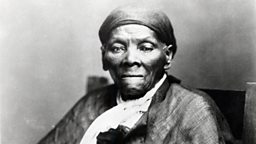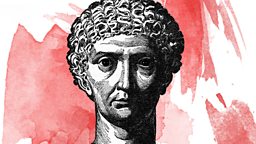7 scintillating facts about the Neolithic settlement that buried bodies under the floor
The Neolithic revolution describes a monumental shift from hunting and gathering to settlement and agriculture, and one of the most fascinating Neolithic settlements is Çatalhöyük in Turkey.
On this episode of You’re Dead to Me, join public historian Greg Jenner, archaeologist Dr Lindsay Der and comedian Mike Wozniak as they dig deeper to uncover the astonishing archaeology of one of the most important ancient sites in the world.
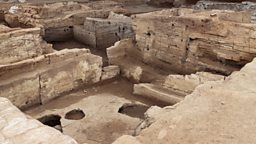
It was home to thousands of prehistoric people
Çatalhöyük is described as a “megasite” by archaeologists, and is a large mound made up of the remains of hundreds of prehistoric houses. It is roughly the size of 33 football pitches and at the height of its population would have been home to between 3,000 to 8,000 people.
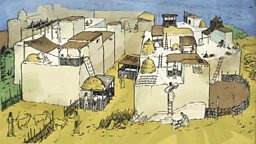
They didn’t have front doors
Houses at Çatalhöyük were single storey with white-washed walls, but if you wanted to visit your friend at their chic Neolithic bungalow, you’d have to enter through a wooden hatch on the roof like everyone else! There were no roads or streets to stroll down, so inhabitants got about by walking across the rooftops and scrambling up and down ladders. Talk about prehistoric parkour!
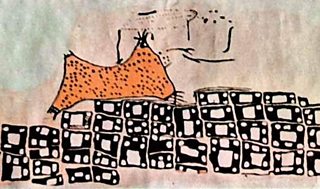
It was decked out with astonishing art
You might not be able to find any front doors at Çatalhöyük, but you can find a wealth of art. Archaeologists have discovered over 3,000 figurines at Çatalhöyük, installations of animal bones, wonderfully decorated pieces of pottery and painted plaster reliefs. Most of this art depicts wild animals, with one relief showing vultures attacking headless humans. Gorgeous.
They buried bodies under the bed…
Archaeological evidence at Çatalhöyük shows that lots of houses had skeletons buried in the walls, benches, and even under the floor, many of which were right underneath the platforms where inhabitants would have slept. Sweet dreams!
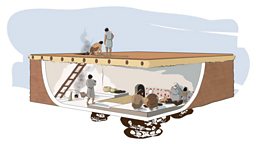
…But not all the bodies remained buried
Don’t worry, no prehistoric zombies here! Like many Neolithic communities, death seems to have been very important to the people living at Çatalhöyük and they had lots of rituals around death and burial. Some skulls (or fragments of them) were removed from burials, circulated amongst the community before being reburied in a different place. We can’t be sure why people took part in what we now call skull cults, but it all sounds very goth.

Is this functional furniture or merely decorative?
Debating the merits of animal horns in the domestic seating arrangements of Çatalhöyük.
Çatalhöyük may be home to the first map in the world
Excavations at Çatalhöyük revealed a remarkable wall painting that some archaeologists have interpreted as a bird’s-eye view of the settlement with a volcano erupting nearby, making it the world’s earliest map. Other researchers have argued that the mural shows a leopard skin above a geometric design. Tomayto, tomahto…
There’s still so much more to discover!
Although archaeologists have already made a range of dazzling discoveries at Çatalhöyük and uncovered around 270 houses, they estimate that there’s around 90% of this mega-site left to excavate. Trowels out! But mind the skulls...
Animal horn bench photo and illustrations courtesy of the Çatalhöyük Research Project.
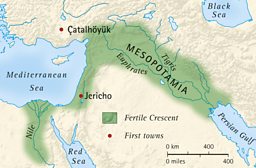
-
![]()
You're Dead To Me
The history podcast for people who don't like history... and those who do. Greg Jenner brings together the best names in comedy and history to learn and laugh about the past.

